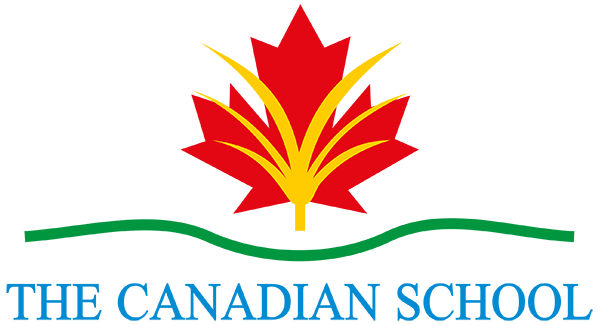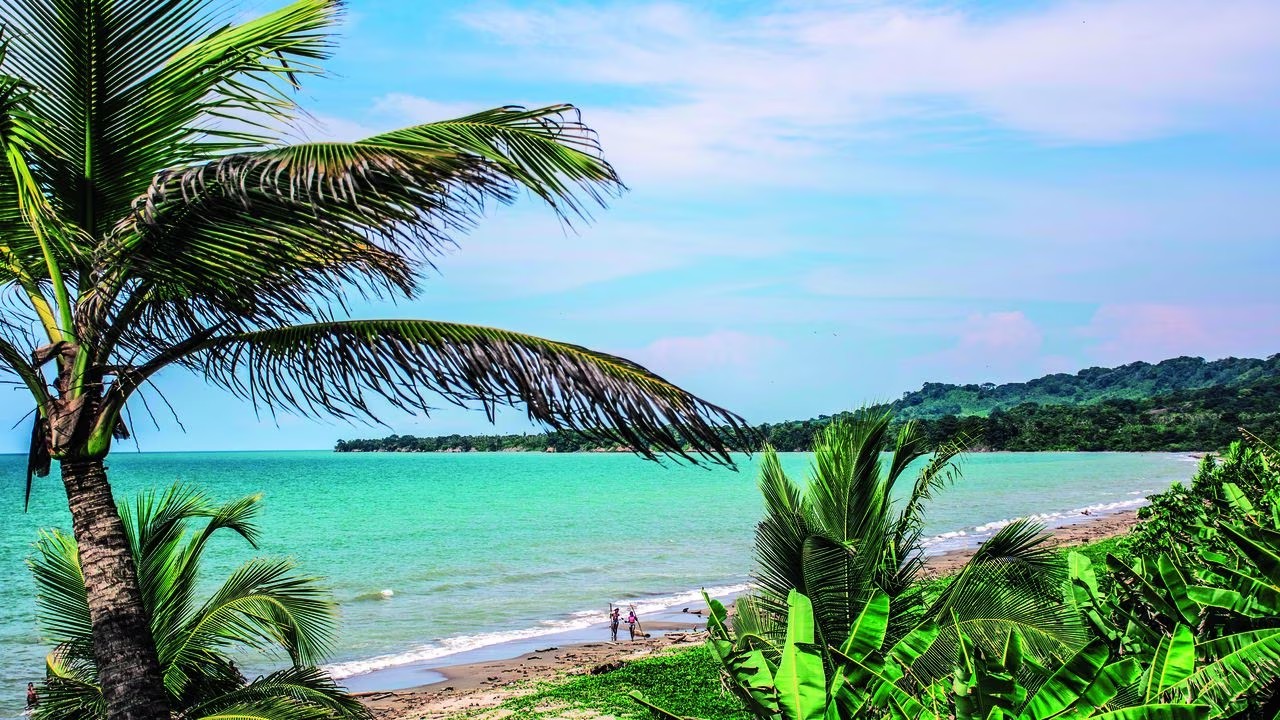By: Pablo Esteban Henao
High School Teacher
Regarding Antioquia Day, it is important to reflect on the processes and cultures that encompasses these industrious and elevated lands, lands filled with mountains, but also with valleys and seas, moorlands and coasts that enrich the department in a natural and, of course, social terms.
Hence, the objective is to construct an analysis that allows us to see and reflect upon a multiethnic and multicultural Antioquia that has historically evolved, both due to natural dynamics such as river growth, mass movements, climate variations, and social dynamics such as drug trafficking, migrations, violence, and the internal and external values that shape the daily lives of those who inhabit Antioquia.
The department is comprised of thousands of green areas and lush mountain hectares that give it a distinctive landscape compared to other departments in the country, creating an imaginary of Antioquia muleteers, mountain dwellers of high peaks, accustomed to coffee, beans, and the specific and typical conditions of a historicity that makes us part of an identity of 19th and 20th-century settlers.
But what about the other Antioquia communities, even more inherent to this region, such as Afro-descendant, indigenous, and coastal zone inhabitants? For example, Antioquia possesses one of the largest coastal territories in Colombia; however, within the educational realm, they are rarely recognized as part of the “paisa” fabric. This gap in cultural recognition is explicitly observed during the annual celebrations held in educational institutions when Antioquia pride is celebrated in August. According to Sebastián Trujillo (2020).
También te puede interesar: Oro para Colombia y el Colegio Canadiense en el IYRC 2023
There is no single way of being Antioquian because Antioquia is multiethnic, multicultural, and diverse. In schools and neighborhoods, Antioquian identity is still celebrated and represented with elements attributed to the “paisa” identity, such as the poncho, the “carriel” (traditional bag), flowers, beans, and arepas, which we all appreciate without a doubt. However, this overlooks other traditional costumes, dances, music, and gastronomy of African and indigenous origin that also enrich the territory we call Antioquia.
Antioquia has a cultural debt towards the black and indigenous communities that inhabit the territory. Therefore, the goal should be the recognition and inclusion of those populations that have historically been impoverished and excluded from the Antioquian imaginary for not fitting the classic prototypes of the white-European ideal. It is worth noting that “the Afro population in Medellín, with 236,000 individuals, surpasses the population of Quibdó, which has 160,000 inhabitants” (Álvarez, 2016). According to the National Population and Housing Census of 2018, there were 37,628 indigenous people living in the Antioquia department.
All of this should serve as a wake-up call for the vindication of indigenous and Afro cultures and idiosyncrasies within the Antioquia celebrations in order to celebrate from visibility and recognition during the August commemorations, the educational approach must be directed towards:
- The recovery of indigenous and Afro-Colombian values from the classrooms, promoting strategies and activities that highlight the ancestral identities of the Antioquia territory. This includes emphasizing their history, struggles, and issues, as well as the most explicit cultural values such as gastronomy and religious practices. Additionally, teaching about the Antioquia territory should go beyond the mountains and encompass the diverse geographical landscapes that the region offers.
- Generating a critical analysis of the values and imaginaries that have historically constituted Antioquian identity. This involves highlighting the positive aspects that have led the department and its inhabitants to exponential growth in economic, industrial, and social terms. However, it also entails a reflective analysis that explores the influence of factors such as drug trafficking, conservatism, or violence on the configuration of daily life, values, and attitudes that represent the people of Antioquia within and outside the department.
- The creation of spaces for the convergence of the different “Antioquias” that inhabit the territory, not only through teaching but also as citizens, providing opportunities and experiences. This can be achieved through tourism initiatives that promote and contribute to the growth and visibility of indigenous and Afro economies in the department. The goal is to construct a comprehensive understanding of Antioquia, embracing all its nuances, cultures, struggles, violence, and aspirations. This approach aims to recognize and celebrate the diverse populations that converge within the vast 60,000 square kilometers of Antioquian land.
In conclusion, Antioquian identity needs to be reimagined from the perspectives of the black and indigenous diasporas that have historically shaped the department. Therefore, commemorating Antioquian diversity should be seen as an opportunity to highlight and learn about all the cultures that inhabit the vast jungles and beaches of Antioquia. It is essential to understand the region as a composition of multiple histories that have contributed to the resilient Antioquia of today, shaped by struggles, exclusions, economies, and entrepreneurship, which resonate and stand out within the dynamics of the country.
Bibliographical references
Álvarez, V. (2016). Los afro son una población que se hace sentir en Medellín. El Colombiano, pp. (p.1)
DANE. (2018). Población indígena en Colombia. Recuperado de Mercado (dane.gov.co)
Trujillo, S. (2020). ¿Qué es ser antioqueño? ALPONIENTE. https://alponiente.com/que-es-ser-antioqueno/





